UX for XR — User Experience for Extended Reality
UX for XR — User Experience for
Tonic3 develops and executes strategies that drive profit through Digital Transformation. Practically that means we are built to help clients hone the right strategy, implement the right technology, and build the right long-term capabilities to deliver lasting transformation.
Industries
We believe that effective technology helps people succeed in their daily lives. So we help our clients engineer useful technology for their clients, partners, and employees. That translates to every major industry, but over the years we’ve developed several core areas of expertise.
11 min read
Augusto Gómez
:
Oct 3, 2021 6:15:34 PM

When it comes to virtual reality (VR), we think about our pensions in the fictional fiction films as "Minority Report".
Without the embargo, it is true that this day is a fully embedded technology with our day. Video games, medicine, education... Virtual reality wants to happen here. But what exactly is it?
Are you interested in Virtual Reality? Let us help you and show you how you can implement Virtual Reality in your projects!
Virtual reality (VR) is the use of computer technology to create a simulated environment. Said environment is contemplated through a device known as Virtual Reality glasses or helmet.
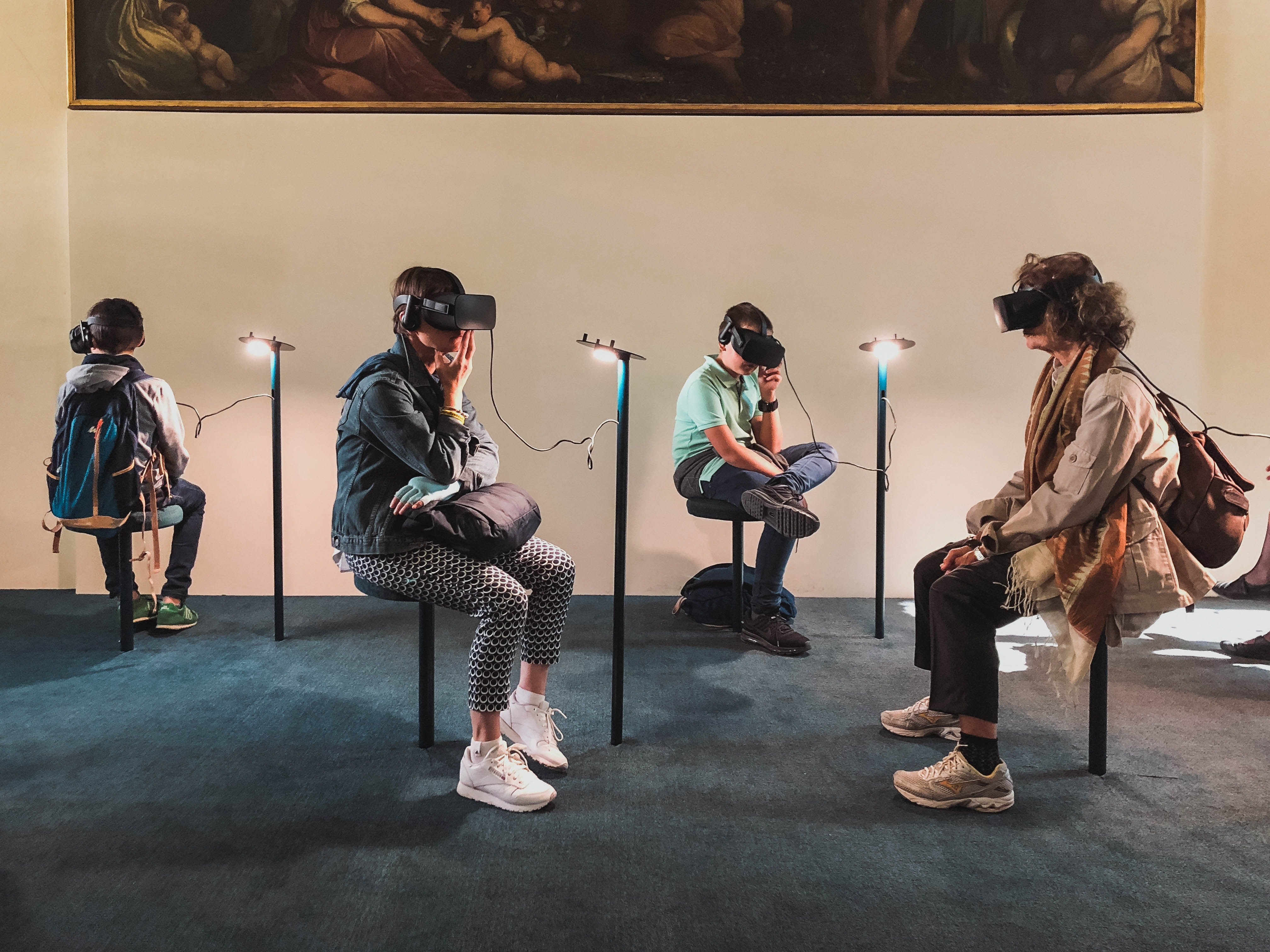
Thanks to VR we can immerse ourselves in video games as if we were the characters themselves, learn to operate a heart or improve the quality of a sports training to obtain maximum performance.
The only limitations of the near-real virtual reality experience are the availability of content and cheap computing power.
This, which may seem extremely futuristic, does not have as recent an origin as we might think.
In fact, many consider that one of the first Virtual Reality devices was the so-called Sensorama, a machine with a built-in seat that played 3D movies, emitted odors and generated vibrations to make the experience as vivid as possible.
The invention dates back to nothing more and nothing less than the mid-50s.
From there, technological and software development in the following years brought relevant evolutions both in devices and in interface design.
Now that you know the definition and characteristics, it is time to talk about the types of RV that there are and what are their main differences.
In general, virtual reality can be classified according to the level of immersion that the user has with respect to the virtual world.
It is called non-immersive because the user is more aware that it is a simulated reality. It is the most common type of all and -for the same reason- can be overlooked.
The world of videogames is a clear example, since its mechanics and graphics can create a feeling of immersion. The experience is more real if you have a theater system that gives greater fidelity to the sound, in addition to other devices such as the controls that improve touch.
In fact, recently with the release of the PlayStation 5 console, the controls were improved with DualSense, which makes the triggers tighter or softer depending on the situation of the game, which allows a more sensation. It's realistic.
In this type of reality, the user still distinguishes the real world from the virtual one, although this line becomes more diffuse than in the case of the non-immersive one.
To achieve a semi-immersive experience, virtual elements supported by other physical elements are needed, thus creating a mixed reality. For example, flight simulation cameras that have a physical space similar to a real cockpit, but instead of glass, have screens on which the simulation is projected.
By its nature, this technology has a greater use in the industrial and educational sector, since it greatly facilitates interaction with information without the need to completely abandon the real environment.
This is the one that offers the maximum immersion experience and the one that can be considered the most futuristic, due to the image that we have created for ourselves. works of fiction.
A common immersive VR device consists of a helmet connected to a computer, which has a high resolution screen and takes up the user's entire vision, in addition to motion sensors connected throughout the body.
The result: the person feels that he is really in that world.
Despite being a technology that has its origin decades ago, the concept of Virtual Reality is still distant for many people. It is also quite common to confuse the term Virtual Reality with Augmented Reality.
The main difference between the two is that VR builds the world in which we immerse ourselves through specific glasses.
It is a totally immersive environment and everything we see is part of an environment built artificially through images, sounds, etc.
For its part, in the case of Augmented Reality (AR), our own world becomes the support to place objects, images or the like.
Everything we see is in a real environment and it may not be strictly necessary to wear glasses. The clearest and most mainstream example of this concept is Pokémon Go.
However, there is a combination of both realities called Mixed Reality.
This hybrid technology allows, for example, to see virtual objects in the real world and build an experience in which the physical and the digital are practically indistinguishable.
So far, the theory that projects us into the future. But, in what sectors is Virtual Reality being used today?
Medicine, culture, education and architecture are some of the areas that have already succumbed to the advantages offered by this technology.
From guided museum tours to muscle dissection, VR allows us to cross boundaries that would not otherwise be imaginable.
Virtual Reality training has a lot of potential… But how can we be sure that this will impact corporate training? Corporate training covers a lot of topics, in the first release of Virtual Reality training focuses on safety and repeating processes.
For leadership training it's different. Virtual Reality could be used to create office situations and make directors or leaders practice with the company leadership model.
Another industry that is working closely with Virtual Reality is the sports industry for players, coaches and viewers. Players and coaches can train more efficiently because they are able to watch and learn game situations repeatedly and come up with a game plan to counter them.
It is mostly commonly seen as a tool for measuring athletic performances and analysing the players' techniques.
On the media side we are seeing more live games in Virtual Reality and we think that in the future there will be virtual tickets to live games so that people across the world can go to sports events.
Still there are many that insist that there's nothing that can compare with the actual game experience and that both players and coaches still learn from defeat in a simulation.
A defeat isn't taken seriously since you can repeat the scenario several times. What do you think?
Are you interested in Virtual Reality? Let us help you and show you how you can implement Virtual Reality in your projects!
On the other hand the Medical industry is engaged with Virtual Reality since it's a way of reducing costs when training the newest generation of doctors, surgeons and nurses because of its interactive nature.
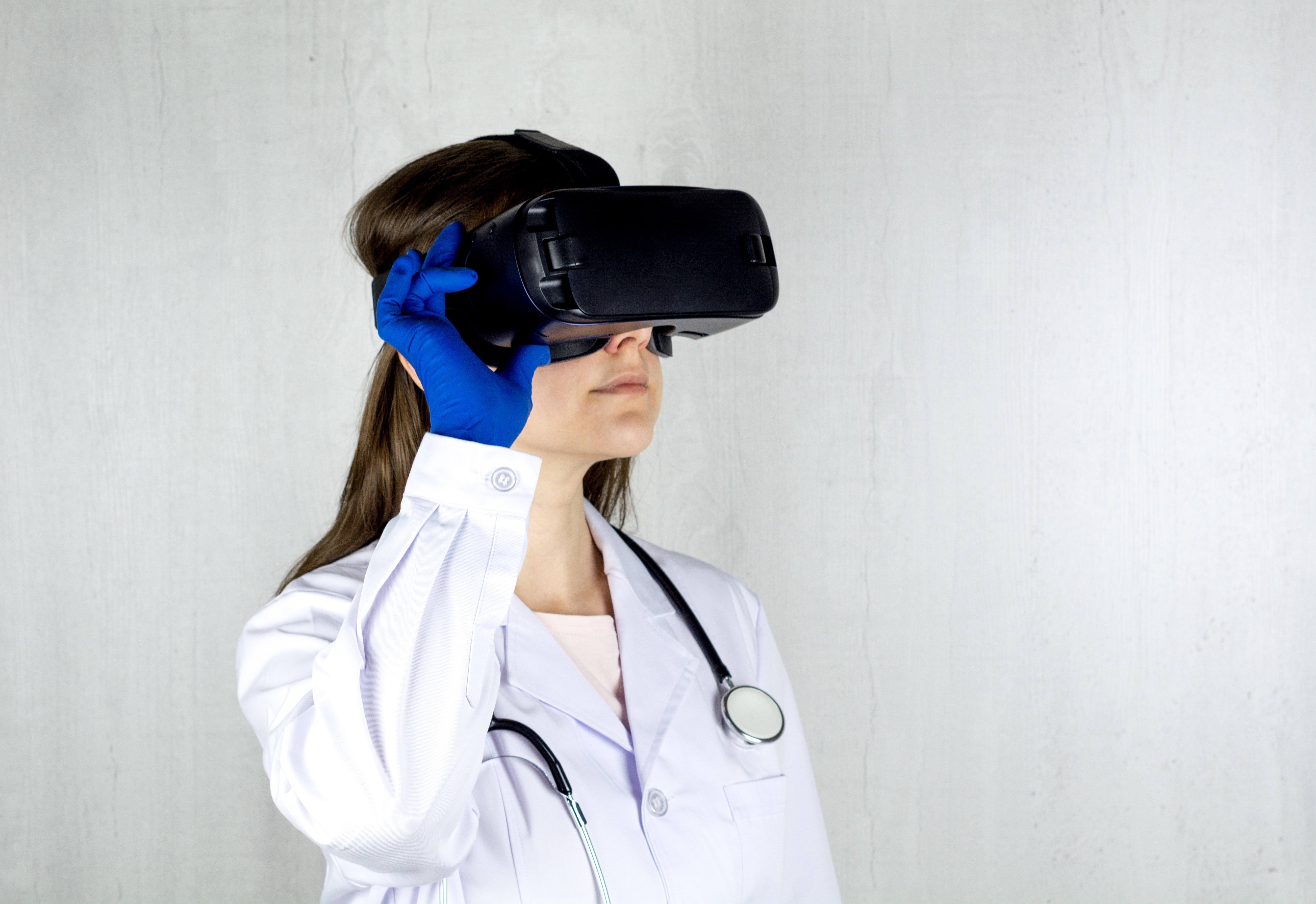
Students can practice surgeries and procedures without harming anyone if they make a mistake, through the repetition of certain scenarios students can improve performances.
Many systems generate large amounts of data and this is critical for students that want to identify how to benefit from their mistakes.
By reducing costs for the medical training areas and by providing immersive training Virtual Reality can democratise medical training.
Another good example of how to use Virtual Reality is to shop from home. E-commerce gained a lot of popularity in the last few years, and especially during the pandemic.
Virtual reality is partly entering the e-commerce and retail shopping industry. We are seeing uses in the retail world, such as experiencing new stores, dimensions, sizes, and seeing products without having them in our hands.
Dior is a perfect example to see how companies are beginning to use Virtual Reality to create new experiences, they made a virtual replica of their store in Champs-Elysees, Paris.
Users can walk around the store, zoom in on products and browse through a wide range of products they sell in the Champs-Elysees physical store.
Fashion industry is also taking advantage of Virtual Reality, the main use they give to the technology is to simulate store environments and understand whether the store is designed to engage with customers, on the other hand this saves costs of building a real world store.
Some of the big names that are beginning to use VR are: Tommy Hilfiger, Coach and Gap. VR also offers the possibility of generating 360 fashion shows and letting customers try products virtually.
Are you interested in Virtual Reality? Let us help you and show you how you can implement Virtual Reality in your projects!
Virtual Reality education extends to high school students. We know that everyone wonders “How can high school students learn with Virtual Reality if they can't read books?”
Virtual Reality has proven to be a better way of learning and retaining information than any other method, this is because we know that we can retain more information when experiencing the fact, it can also help develop social skills since students interact with each other in the virtual world.
Virtual Reality in the classroom is inclusive, everyone gets a headset and a chance to live the experience. There's also the component of virtual field trips which are mostly free in VR, it allows students to visit and experience a location in an immersive and memorable way.
Everyone loves field trips with Virtual Reality schools and families can save the costs of transportation, tickets and can make them available to every student.
One good example of this is to see Virtual Reality technology used in construction.
With Virtual Reality, we can create simulations that can be explained, explored and also we will be able to see the threats of construction without exposing ourselves to any risk.
VR helps architects better conceive the space and present the project to clients.
On the other hand the automotive industry caught up with Virtual Reality in the past years.
This technology has become crucial to work on self-driving cars and other kind of technological innovations.
Experts predict that self-driving cars will be the common denominator in the future, and Virtual Reality will be constantly participating on helping the automotive industry to reach new heights.
Military departments and institutions are adopting Virtual Reality in training too. This allows them to make many simulations and train for combat.
As far as anyone knows Virtual Reality is used in the army, navy, air force, marines and coast guards. Military institutions bring training into different kinds of simulations: flight, battlefield, medic, vehicle and virtual boot camp simulations.
In this way the immersiveness of Virtual Reality places visual sound-based experiences at the palms of their hands without getting soldiers hurt.
Besides combat training another use they give VR is to teach communication with local civilians or international allies when out in the field.
Last but not least is treating post-traumatic stress disorder for soldiers that returned home from combat and need time and help to adjust to normal life once again, this new kind of therapy is called Virtual Reality Exposure Therapy or VRET, another huge benefit of VR training for the military is the reduction in costs for training.
Tourism and travel also became a must in Virtual Reality, since we were all stuck in our homes because of the pandemic people needed a break for a vacation.
Travel companies began to develop a Virtual Reality experience where you can travel to different destinations before physically visit them in order to convince travelers of which destination is better and then ended up booking tickets, accommodation and activities in the destination.
This feature of travelling with Virtual Reality also applies for hotels, letting them show how a day can be in their establishments, which activities customers can do, giving a detailed tour of the rooms available can help future travellers decide if they want to stay in that hotel or not.
Now we’ve covered the basics, let us see a little more on how Virtual Reality works. Today the best VR experiences are created on the following functionalities.
For VR to immerse its users in a new environment, it needs to copy their field of view. Humans are capable of having a much wider field of view in general than headsets typically provide, unfortunately.
Average humans can see around 220-degrees of surrounding content but a VR headset can do around 180 degrees.
The field of view within users’ headsets shows them the world they see around them, and how much it can copy the environment. No headset can accommodate our natural field of view yet, but technology is constantly evolving.
Frame rate is the other visual element that defines how VR works. Frames need to move at an incredibly high pace within a VR headset screen to copy what users see in real life.
Some experts believe that the human eye can handle up to 1000 frames per second, however, the human brain never receives the same detail as this.
Most developers found that anything less than 60 FPS causes feelings of disorientation, headaches, and nausea for users. Experts are trying to push more towards 120 FPS.
Many people get caught up in the idea of Virtual Reality only being a visual experience. However, as we know the reality is that Virtual Reality tools make their best to immerse you fully into a different space, world, and even universe.
This demands more than just a good view of your surroundings. You will also need spatial audio or 360-degree sound that will help you feel like you are physically in that new environment.
Cutting-edge VR technology uses spatial audio to emulate the unique audio landscape you would expect to listen to in the real world.
The better the audio, the more immersed users will feel, thanks to the sounds that seem to come from behind, above, or to the side of you. Spatial audio helps you to move through a VR experience in the way developers want by showing you where to turn.
There is a variety of implementations about spatial audio, these are some of the characteristics they have:
Virtual Reality headsets nowadays use spatial audio to show users which direction they need to turn in and support a sense of “presence and realism” when you’re moving through different environments and experiences.
What makes Virtual Reality truly engaging is the fact that you can move around in a virtual space, and that environment you are in will adjust to your position.
Head and position tracking features are measured in degrees of freedom, allowing you to explore either 6 degrees of freedom or 3.
Headsets that use 6 degrees of freedom check your position in a room, and show the direction that your head is pointed towards. This means that you can have complete autonomous movement through space.
Sensors outside of the VR headset can also help you to stay safe when you’re moving around in a room and avoid hitting objects that are outside the play area you establish once you turn on your headset.
Are you interested in Virtual Reality? Let us help you and show you how you can implement Virtual Reality in your projects!
Increasingly, tracking technology for Virtual Reality is growing more impressive and fast.
Eye-tracking technology can help improve focus in Virtual Reality experiences and reduce the sense of nausea that some people have when working with a headset.
The haptic feedback sensors and other tracking technologies that are used to embed controller options into Virtual Reality can make the environment feel more and more immersive too.
As we saw earlier we know can understand that Virtual Reality requires position and head tracking, spatial audio, and frame rate but also the field of view.
Without these 3 items, Virtual Reality can’t simulate a world or environment and thus the experience will be a disaster.
One question that comes to mind is “How many people can afford Virtual and Augmented Reality?”
As we know Augmented Reality is easier to develop since the technology works by adding information to the real world.
For example, Augmented Reality users in social media are around 46 millions. Month to month we have over 600 million people using SparkAR to create new filters for Facebook and Instagram.
Virtual Reality numbers are also encouraging seeing that 19% of adults have interacted with this technology. We also know that the number of monthly users has been increasing since 2018.
If we measure 2018 users until now we may find a 75% growth in monthly users and 55% of them found the experiences to be very satisfying and immersive
Virtual reality is one of the technologies with the greatest projection of growth. According to the latest forecast from IDC Research (2018), investment in VR and AR will multiply by 21 over the next four years, reaching € 15,500 million in 2022.
In addition, both technologies will be key to digital transformation plans for companies whose spending in this area in 2019 exceeds consumer segment spending.
In this sense, by 2020, more than 50% of large European companies are expected to have a CoR and AR strategy.
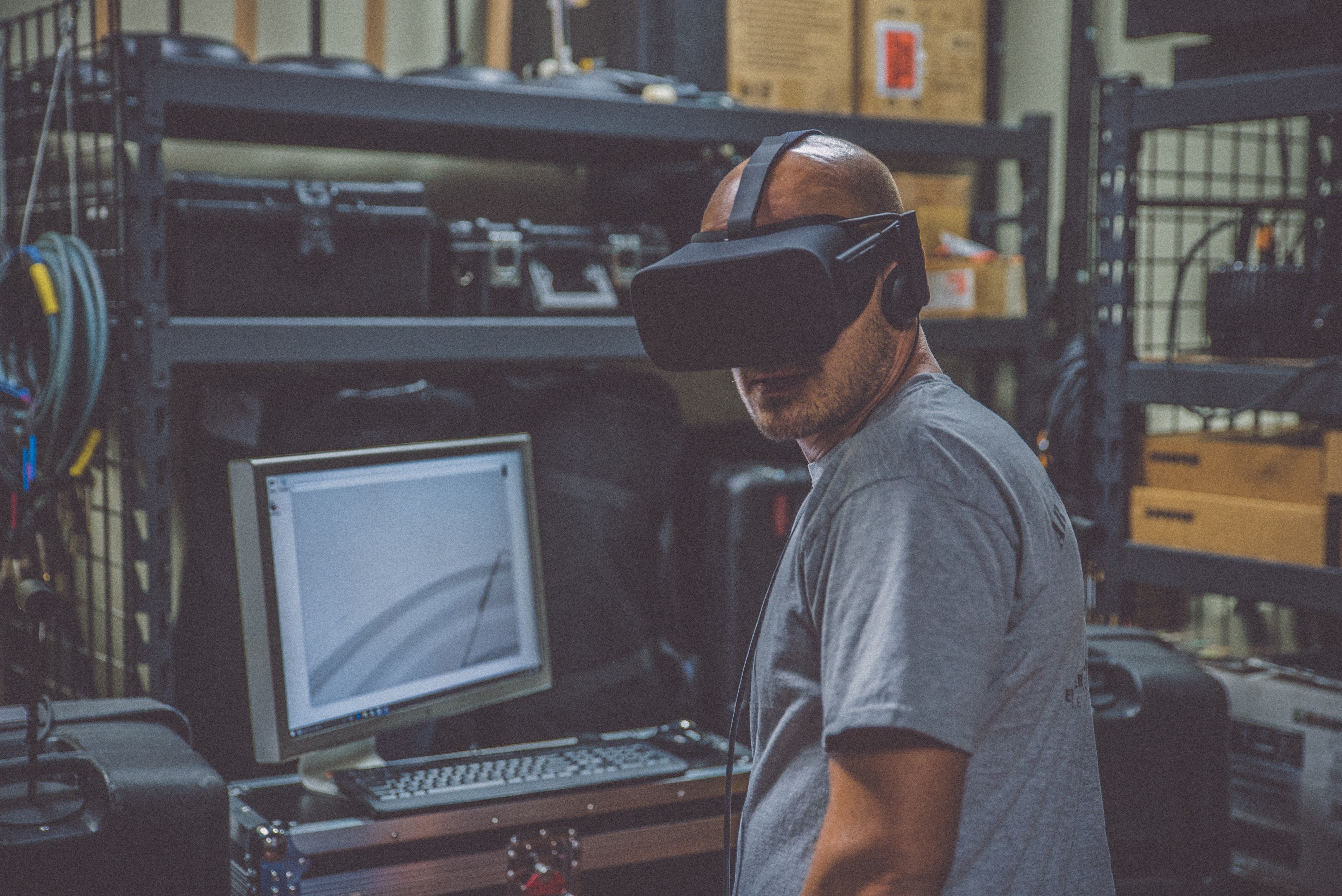
Today, the market requires applications that go beyond leisure, tourism or marketing and that are more accessible to users. There is also a need to improve the virtual interface to prevent bugs, such as cropping, that make some fixed objects appear to pass through.
Or minimize the effects that VR creates in the body, among them the so-called movement disease, which consists of dizziness, which is caused by an imbalance between the movement of our body and the vision of the virtual world.
Large technology companies are already working on the development of glasses that do not need cables and that allow viewing HD images.
So they are developing glasses for virtual reality in 8K and with much more powerful processors.
There is even talk that they could integrate artificial intelligence in the coming years. 5G can also provide very interesting scenarios for the evolution of VR.
This standard will allow the connection of multiple devices and large user communities. In addition, its almost imperceptible latency allows consumers to receive images in real time, almost as if they saw them with their own eyes.
Be that as it may, virtual reality is no longer sci -fi. It is integrated into our present and will bring progress in the coming years that will shape the future.
Are you interested in Virtual Reality? Let us help you and show you how you can implement Virtual Reality in your projects!

UX for XR — User Experience for
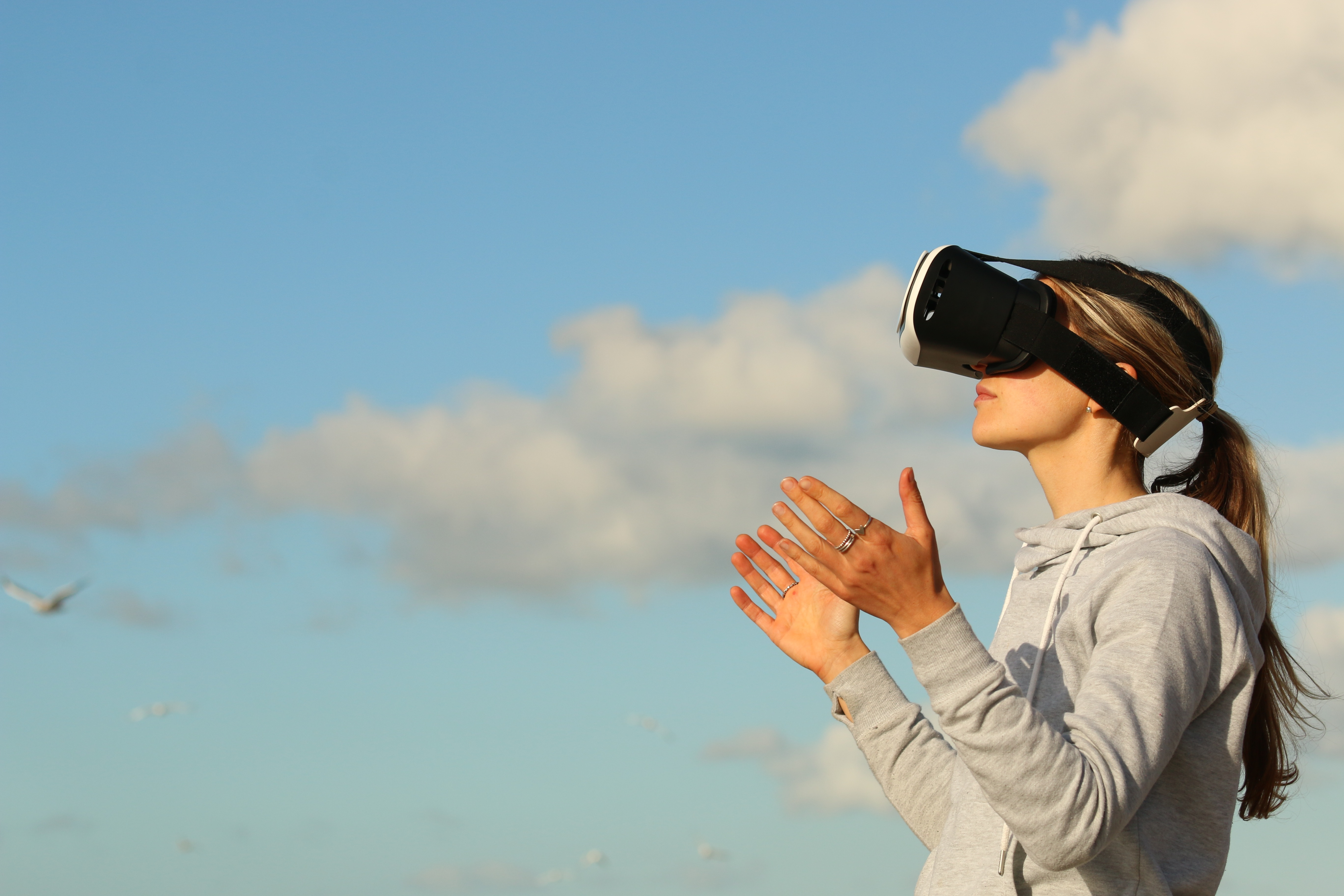
Virtual reality (VR) and augmented reality (AR) have increased the spotlight and interest in recent times. The technology is advancing and more...
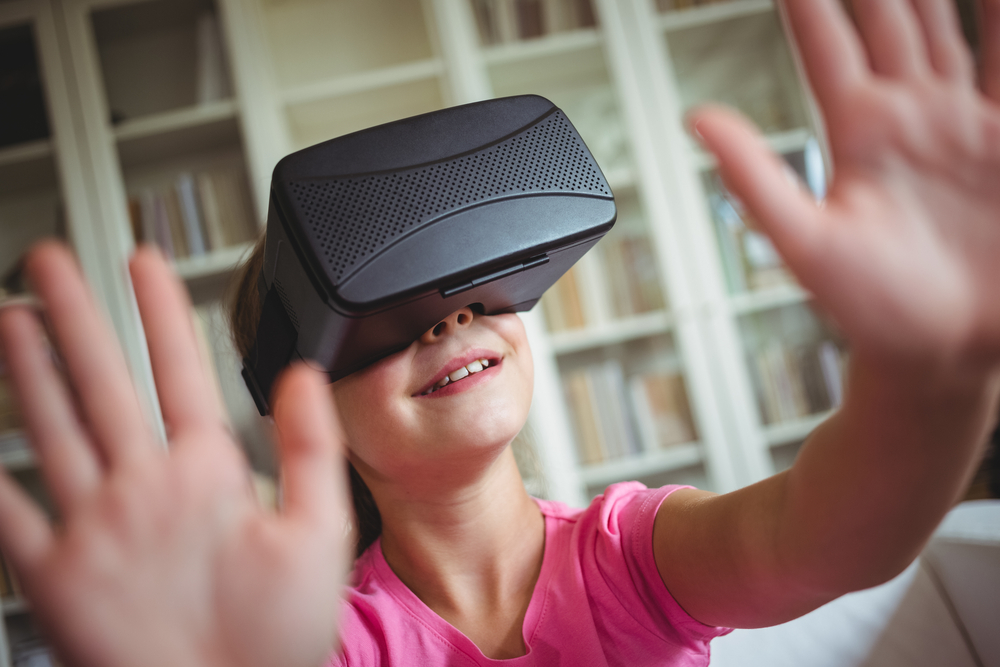
Virtual Reality has numerous practical applications in different areas of the day to day.